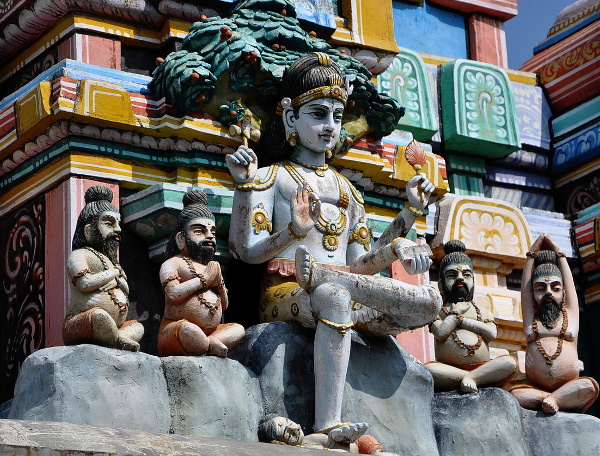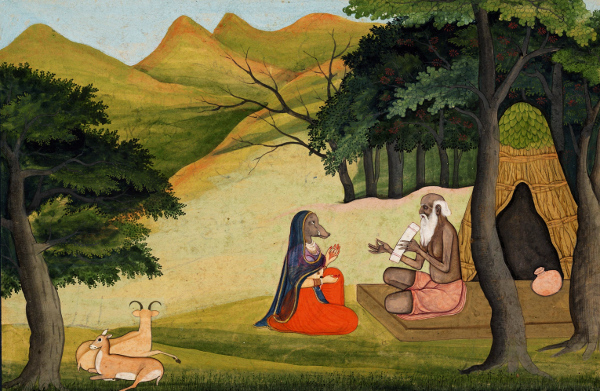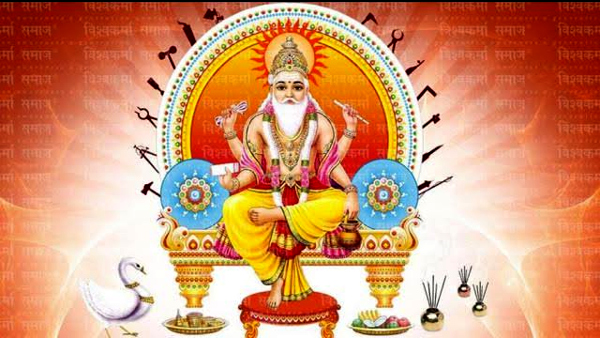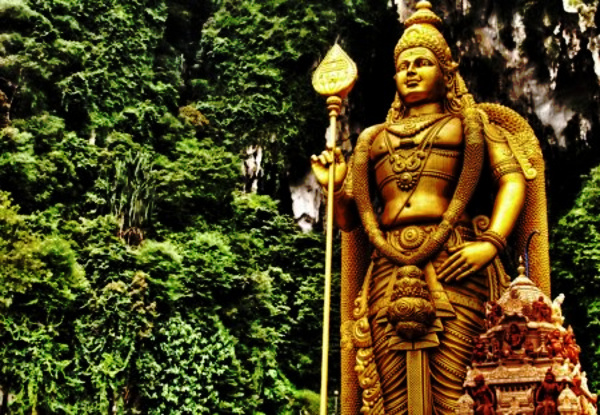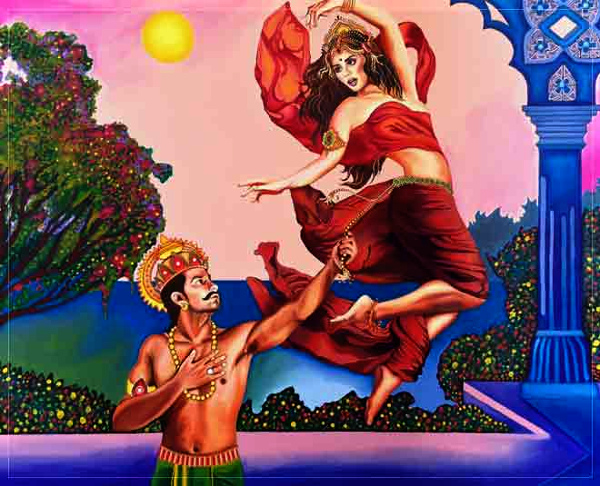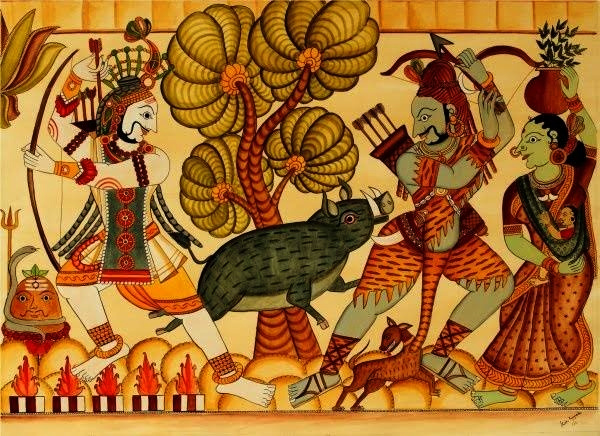Karthikeya / Muruga – Applied Indology
There have been at least three Avvaiyars at various periods of Tamil history. The earliest Avvaiyar is believed to have lived in the Sangam period and her poems are found in the Purananuru, Kurunthogai and Natrinai. The second Avvaiyar lived in the 12th Century and was a contemporary of Kambar. Many poems and the Avvai Kural, comprising 310 kurals in 31 chapters, belong to this period. The third Avvaiyar is the most widely known for her ‘Vinayagar Agaval’ ,‘Aathi Soodi’, ‘Kondrai Vendhan’, ‘Nalvazhi’ and ‘Moodhurai’.

